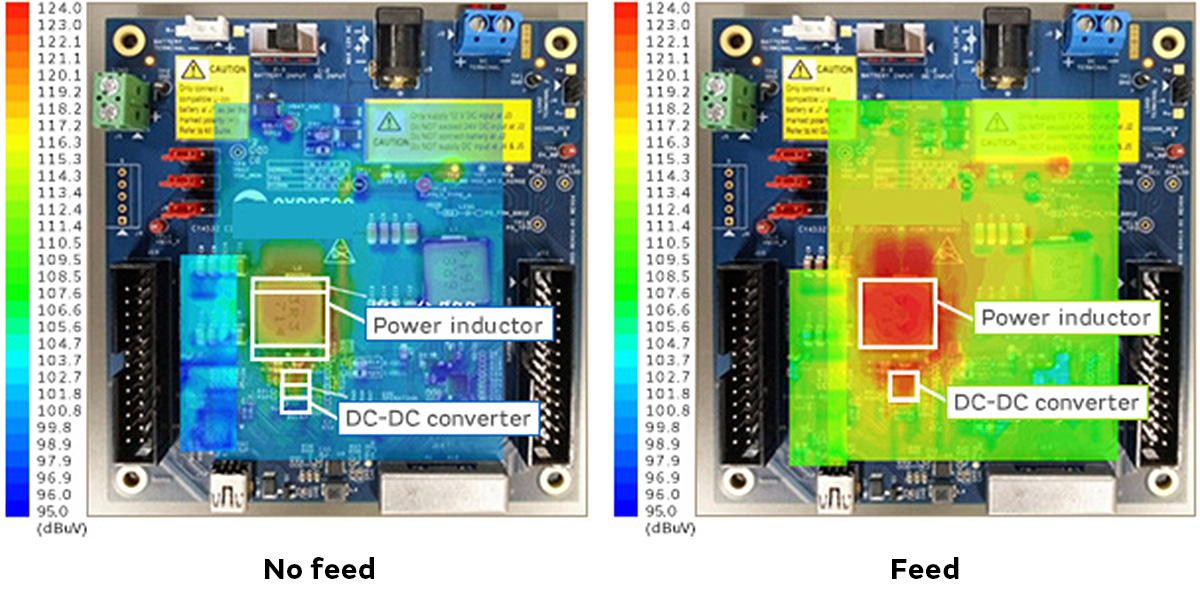Noise suppression technologies/case study introduction (Consumer)
Noise suppression for devices employing USB Power Delivery (1)
INDEX
- Widespread adoption of USB Power Delivery
- Noise generation in devices employing USB Power Delivery
- Noise issues affecting devices employing USB Power Delivery
- Noise generation source and path
- Using common mode choke coils for noise suppression
- Confirmation of noise suppression effectiveness
- Noise suppression effectiveness
- Summary
1. Widespread adoption of USB Power Delivery
USB Power Delivery is a power supply specification that enables delivery of higher power levels (up to 100 W) than was previously possible over a USB connection.
USB Power Delivery makes it possible to supply power via a USB connection to devices not previously supported, such as PCs or displays.
Other advantages are provided as well, such as the ability to switch instantly between power feed and charging, making it possible to implement charging without wasteful heat generation.
With the widespread adoption of USB Power Delivery, a large number of high-output USB chargers have appeared on the market.
Aside from PCs and displays, the number of devices capable of power reception via USB Power Delivery is increasing and is expected to increase further in future.
2. Noise generation in devices employing USB Power Delivery
In order to convert the input voltage to a voltage suitable for the device being supplied with power, USB chargers incorporate a DC-DC converter.
High-output chargers supporting USB Power Delivery have high feed current values, causing their DC-DC converters to generate more switching noise than those of conventional USB chargers.
This noise is emitted from the cable connecting the charger and the device being supplied with power, and there is a danger that it may interfere with the operation of the device or with data transfer.

3. Noise issues affecting devices employing USB Power Delivery
We used a USB Power Delivery evaluation board to investigate noise emitted while power is being supplied.
The evaluation board was shielded, and the noise emitted from the cable measured. As you can see in the figure below, noise generation occurred in a wide frequency band below 500 MHz.
Particularly strong noise emission was confirmed in the range from 100~300 MHz. In this range there is very little margin remaining relative to the value for unwanted emission allowed under the standard.

4. Noise generation source and path
・Noise generation source
To determine the source of the noise emitted by the cable, we used a noise visualization tool.
A high level of noise was confirmed near the feed-side power line (DC-DC converter and power inductor).

By measuring the noise conducted to the USB Type-C connector pins on the evaluation board, we confirmed a high noise level on the power line and ground line in the 100~300 MHz range.

・Noise path
As illustrated in the figure below, noise generated by the DC-DC converter is conducted to the cable and emitted.

- Generation of switching noise by feed-side DC-DC converter
- Noise leakage from the USB connector to the cable via the power line and ground line
- Emission from power line of cable
